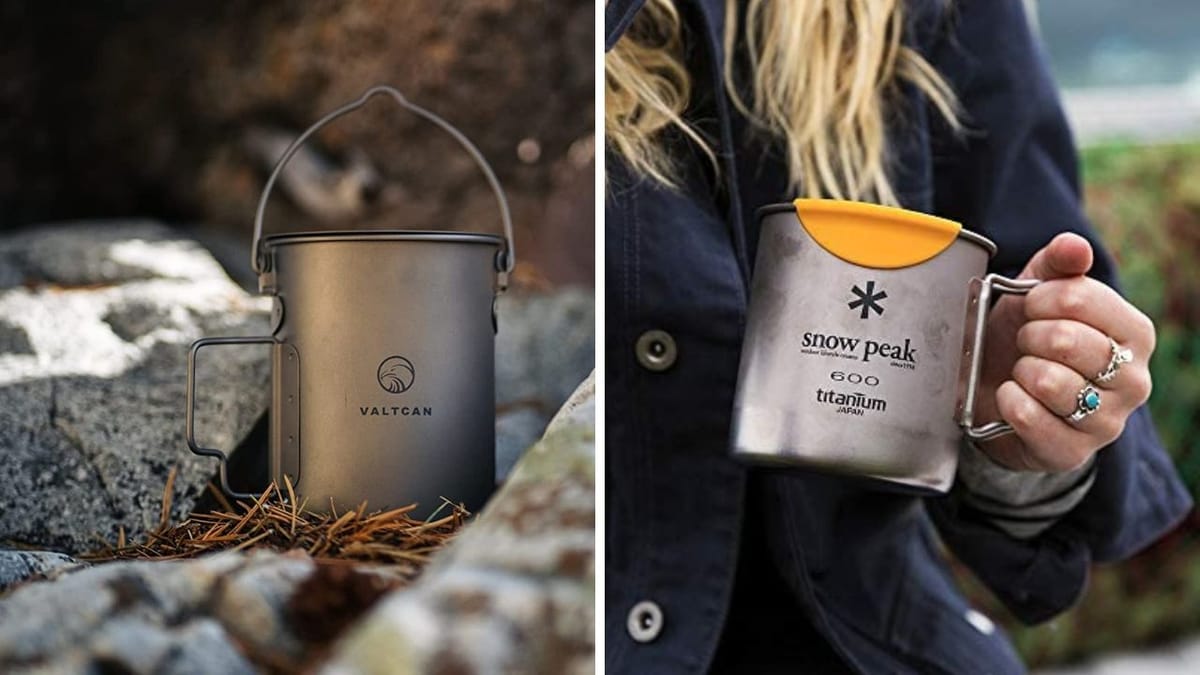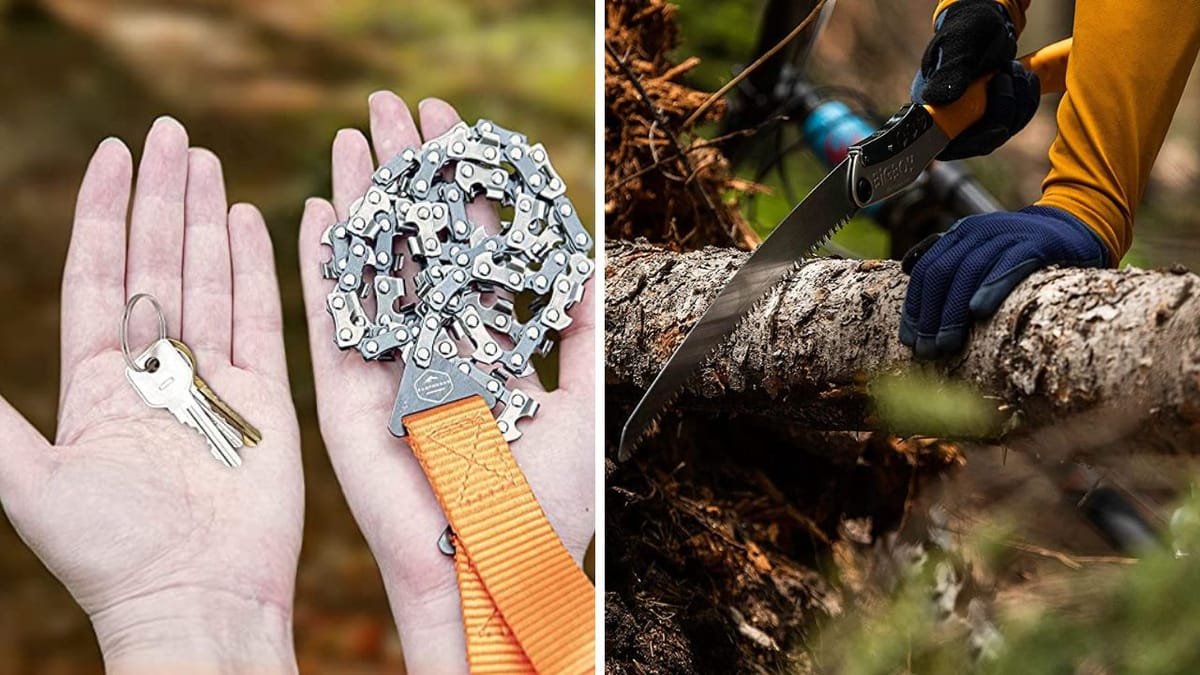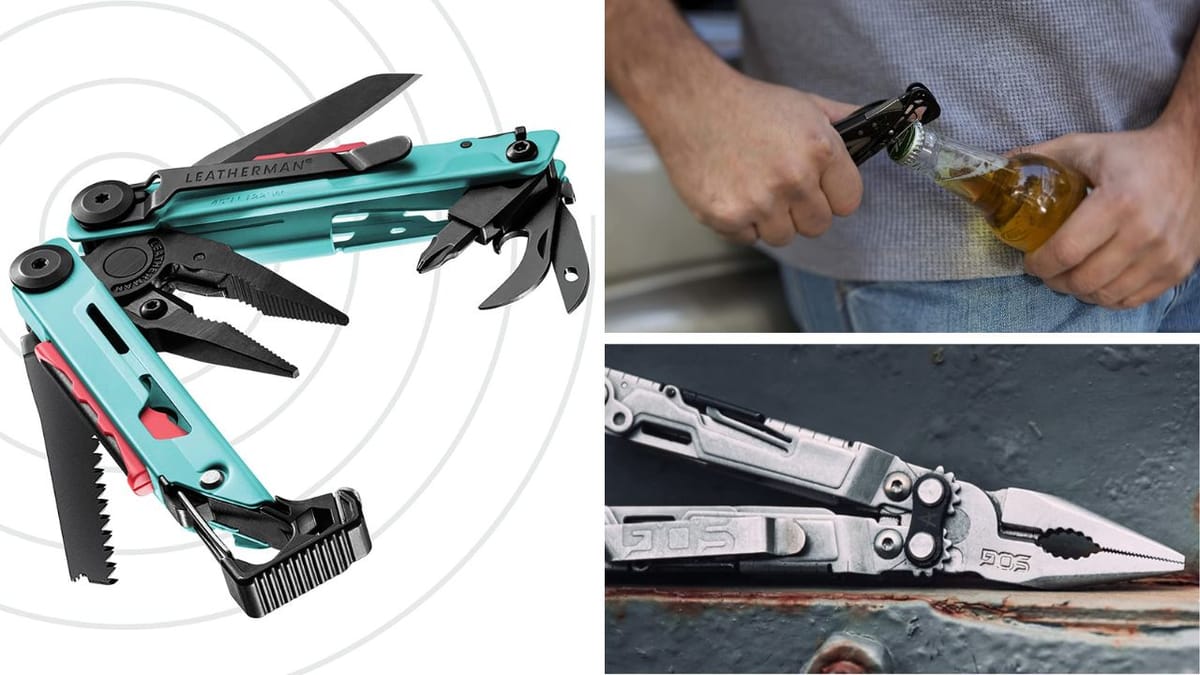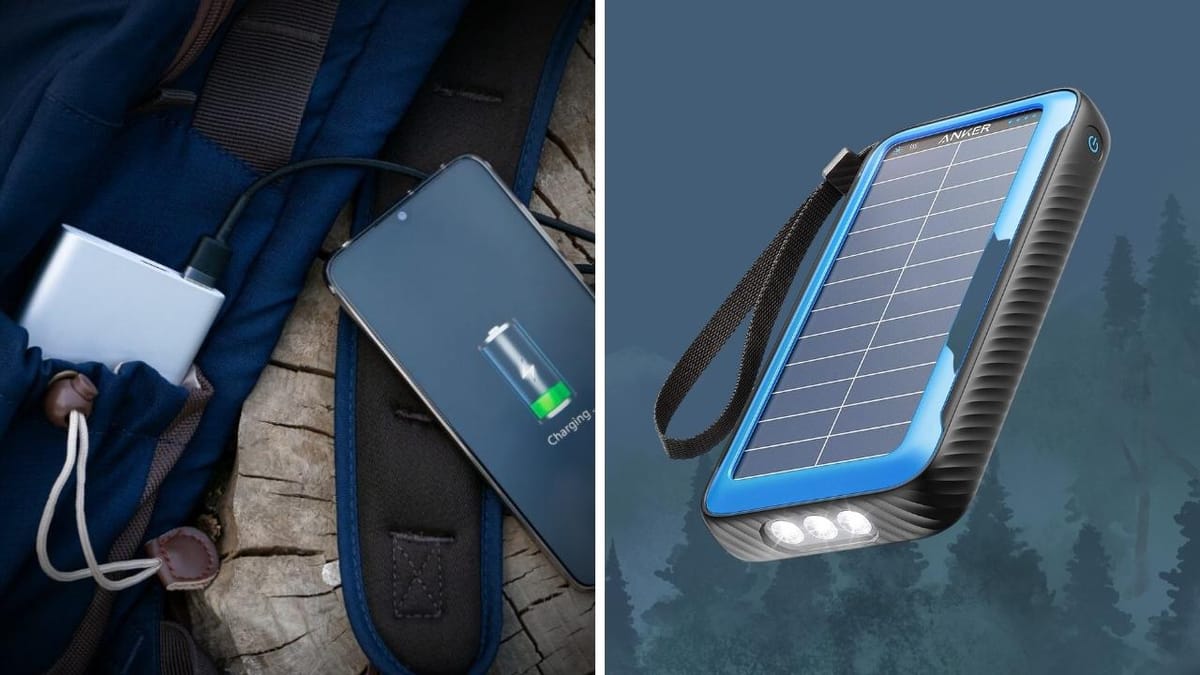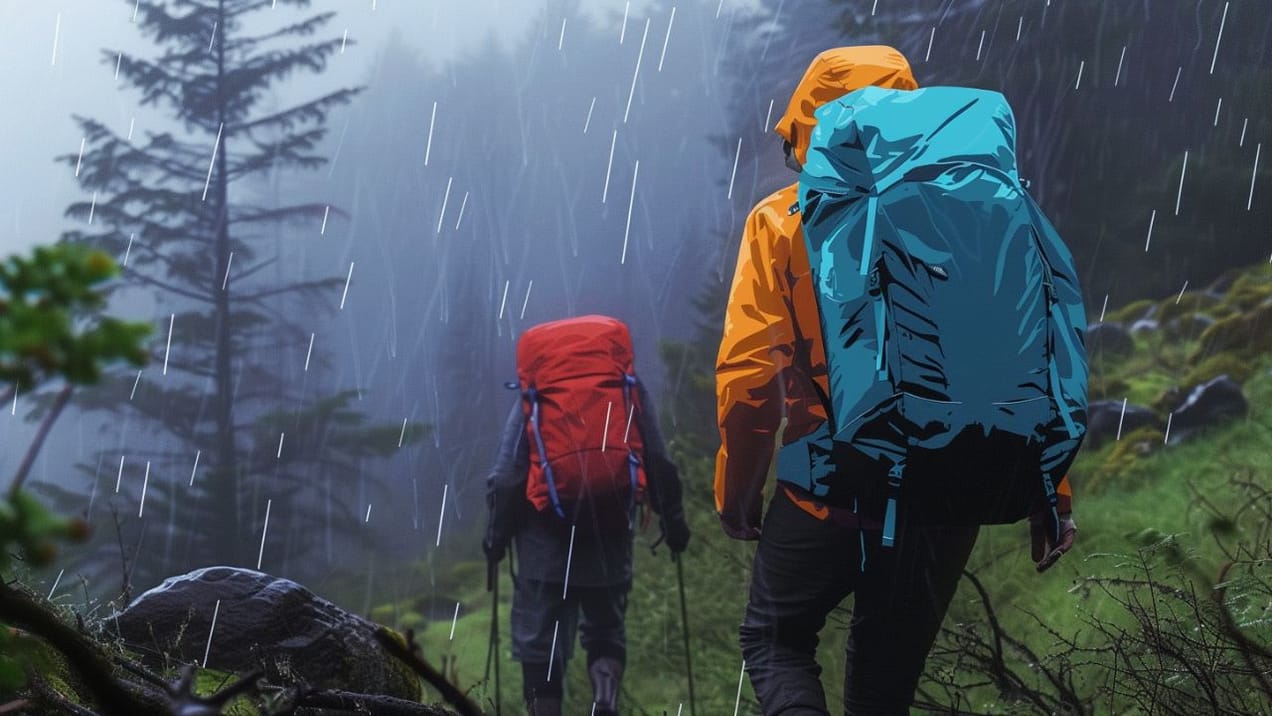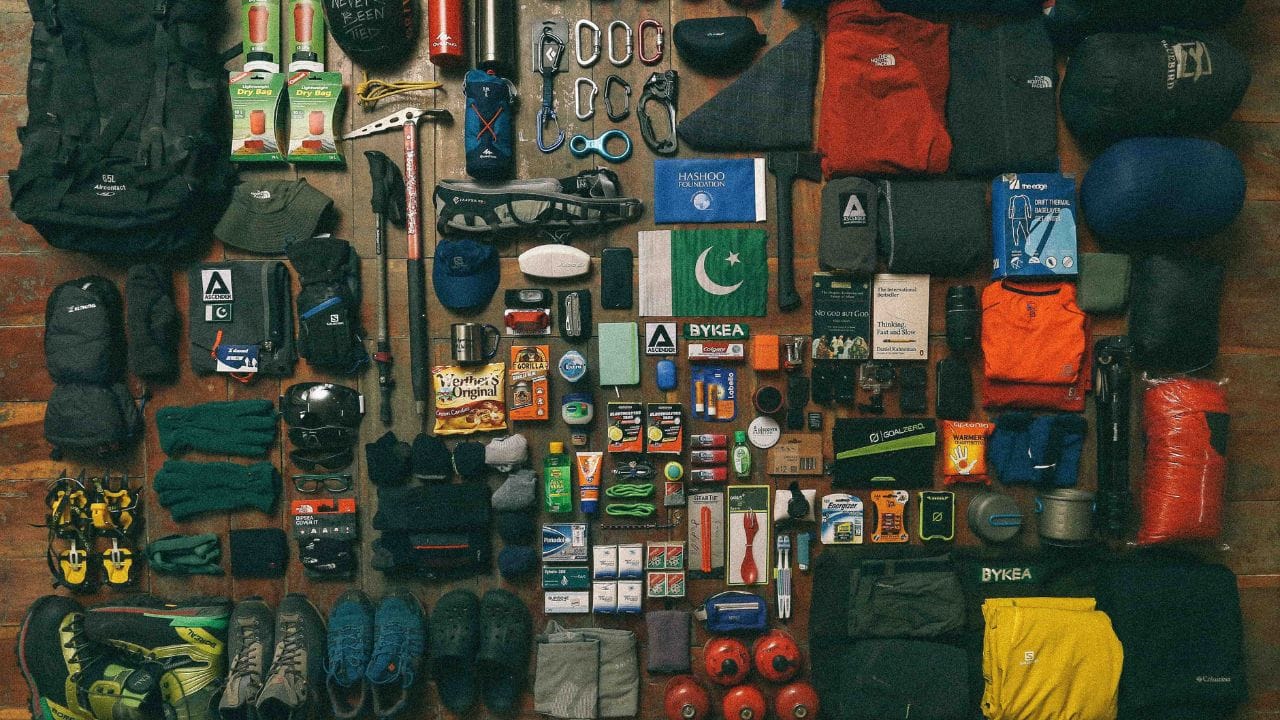
Smart Tips for Lower Backpacking Base Weight
Elevate your hiking game! Get essential insights on achieving the perfect backpacking base weight for your next trail.
Ever wondered why some hikers seem to glide effortlessly along the trail while you're huffing and puffing with every step?
Well, it might just come down to something called backpacking base weight. This isn't just a buzzword; it's a crucial aspect of your hiking experience that can make or break your adventure.
Think of your backpack as your portable home. Every item in it contributes to your base weight – that's everything you're carrying minus the consumables like food, water, and fuel.
Now, why should you care about reducing this weight?
Simple, a lighter pack means a more comfortable and enjoyable hike. It's not just about making your journey less physically demanding; it's about enhancing your connection with nature without the burden of an overloaded pack.
But here's the exciting part: the world of backpacking is evolving, thanks to technological innovations.
Lightweight materials, smarter designs, and groundbreaking gear are transforming what it means to be a lightweight backpacker.
Let's dive into this world and see how you can leverage these advancements for your next trail adventure.
Understanding Backpacking Base Weight
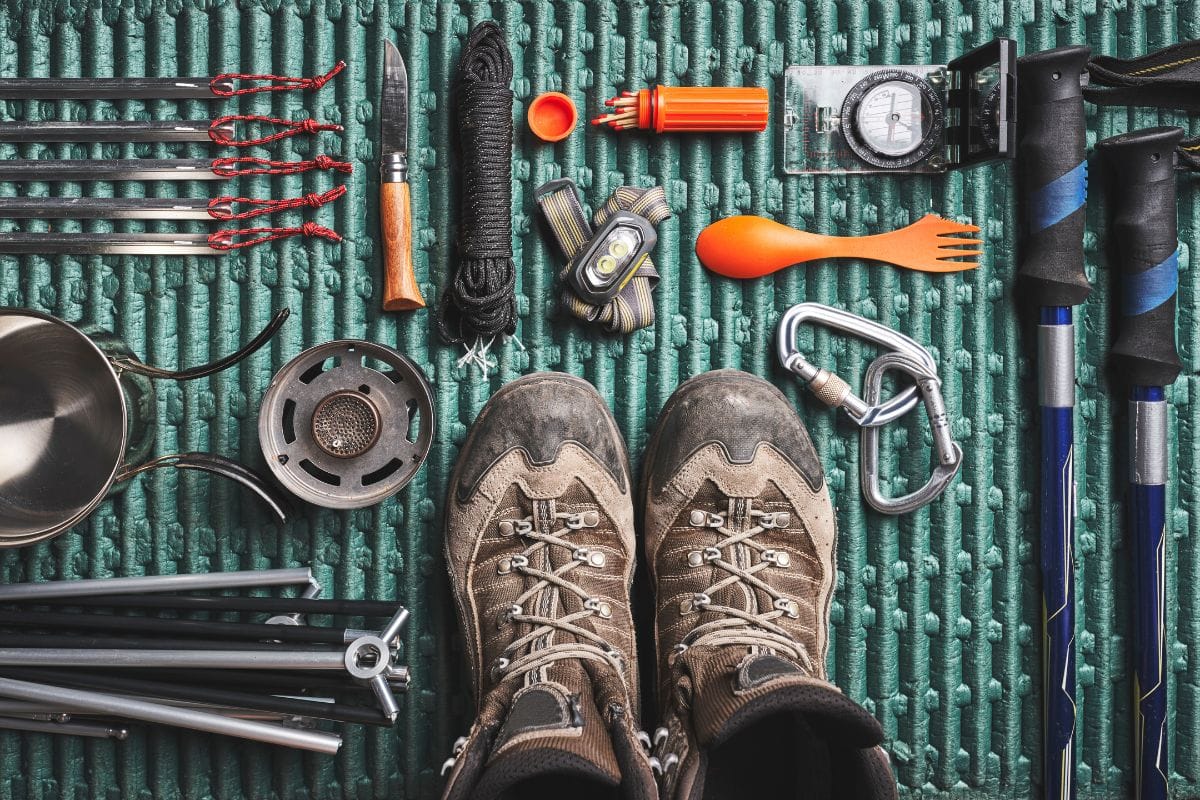
What is Backpacking Base Weight?
So, what exactly is backpacking base weight?
It's the total weight of your backpacking gear, excluding the consumables like your food, water, and fuel.
Base weight includes your tent, sleeping bag, sleeping pad, clothes, bear canister, stove, cookware, first aid, and everything else that stays constant throughout your trip.
But why does this matter?
Picture this: you're planning a multi-day hike. Every ounce you carry on your back is an ounce you'll feel with every step you take.
The Evolution of Base Weight Considerations
Backpacking has come a long way. In the early days, the mantra was "be prepared for everything." This often led to heavy packs filled with just-in-case items.
Fast forward to today, and you'll find a community of ultralight backpackers who meticulously scrutinize every item, shaving off ounces wherever possible.
This shift isn't just about comfort; it's about mobility, efficiency, and the freedom to cover more ground with less effort.
Striking the Balance
Here's the tricky part: balancing necessary weight with unnecessary weight.
It's tempting to pack that extra cozy sweater or a larger tent for comfort. But remember, every extra item is extra weight.
The key is to prioritize and make smart choices.
For instance, opting for a down sleeping bag can save you pounds compared to a synthetic one, and it's just as warm.
Breakdown of everything you will need and not need to achieve a 15lb base weight.
The Impact of Gear Weight on Backpacking
Let's get real for a moment. The weight of your gear – yes, we're talking about your sleeping bag, pad, and all that stuff you've packed – has a huge impact on your backpacking experience.
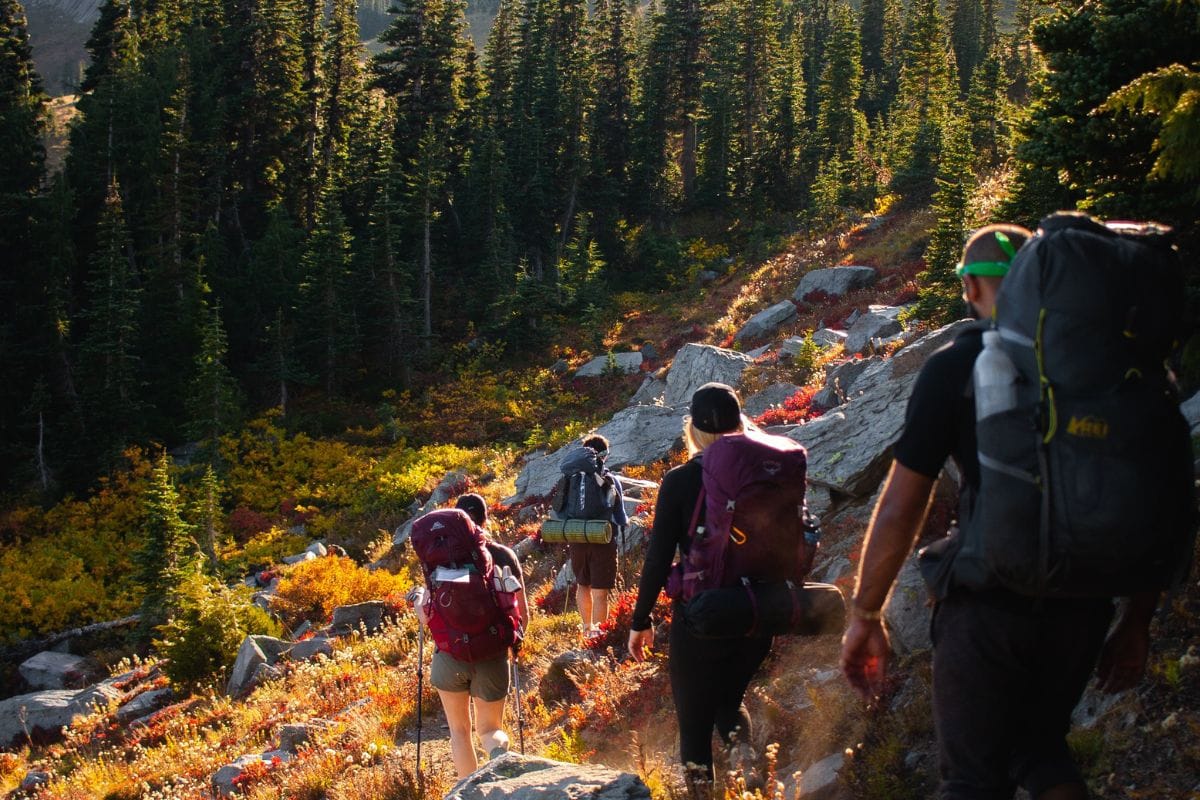
Imagine carrying a bag of bricks versus a bag of feathers. Which would you prefer on a 10-mile hike? Exactly.
Every extra pound in your pack not only slows you down but also increases your fatigue.
It's a simple equation: a heavier pack equals more energy expended.
So, choosing a lighter sleeping bag or a more compact pad isn't just about space; it's about conserving your energy for the journey and the views.
Gear Weight vs. Body Weight: Finding the Efficiency Sweet Spot
Now, let's talk about the relationship between gear weight and your body weight. It's all about efficiency.
Carrying a pack that's more than 20% of your body weight? You're likely to tire out faster.
The ideal range?
Aim for a pack that's around 10-15% of your body weight. This range is the sweet spot for most hikers, balancing load and comfort.
But remember, this isn't a one-size-fits-all scenario.
The Challenge: Lightening Your Load Without Losing the Essentials
Here's the million-dollar question: How do you reduce your pack weight without leaving behind essentials like food, water, and fuel?
It's a delicate balancing act.
You need enough food to fuel your adventure, water to stay hydrated, and fuel to cook your meals.
The key is to optimize, not minimize.
Opt for high-calorie, lightweight food, a compact stove, titanium cookware, and a water filter or iodine tablets instead of carrying liters of water.
Technological Advances in Backpacking Gear
Welcome to the future of backpacking, where technology is making gear lighter, stronger, and more efficient.
The past decade has seen a surge in innovations, especially in materials and design.
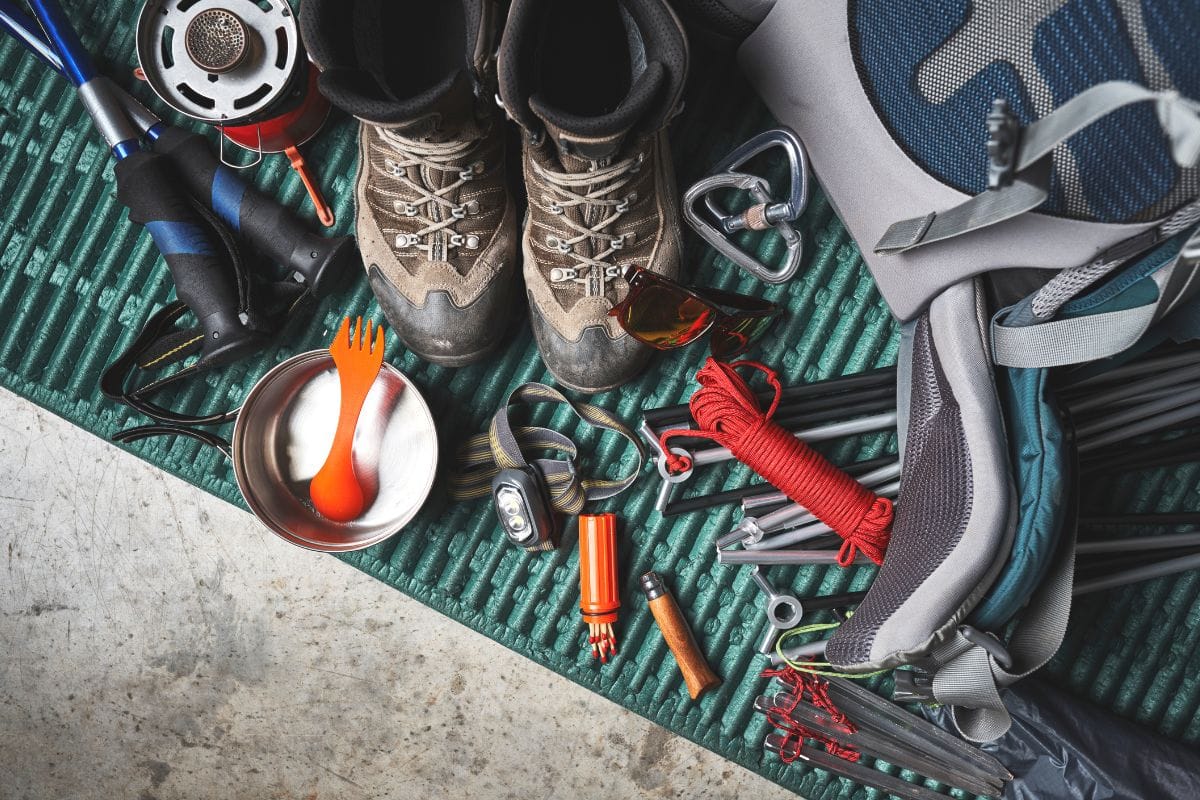
Advanced Materials: The Game Changers
Let's start with materials. Gone are the days of bulky, heavy gear. Today, we have lightweight plastic bags that are nearly as tough as their heavier counterparts.
Think Dyneema® – a fabric that's lighter than nylon but can hold up to the rigors of the trail. It's being used in everything from backpacks to tents, drastically reducing base weights.
>>RELATED Polyester vs Nylon Tent | Making Sense of Tent Materials
And sleeping bags? They've undergone a revolution too.
Manufacturers are using advanced fabrics that offer better warmth-to-weight ratios.
For example, the latest down sleeping bags use high-fill-power down that offers incredible warmth for very little weight. This means you stay cozy at night without the extra weight.
The Role of Technology in Achieving Optimal Base Weight
Technology isn't just about materials; it's also about design and functionality. Today's gear is designed with efficiency in mind.
These advancements aren't just for ultralight enthusiasts. They're for anyone looking to make their backpacking trips more enjoyable.
By embracing these technological innovations, you're not just lightening your load. You're enhancing your overall backpacking experience, making it easier to go further, see more, and enjoy the wilderness without the burden of an overloaded pack.
Cutting-Edge Products Redefining Base Weight
Alright, let's get into the nitty-gritty of the gear that's changing the game.
These aren't your average camping items; they're the Ferraris of the backpacking world, combining top-notch materials with ingenious design.
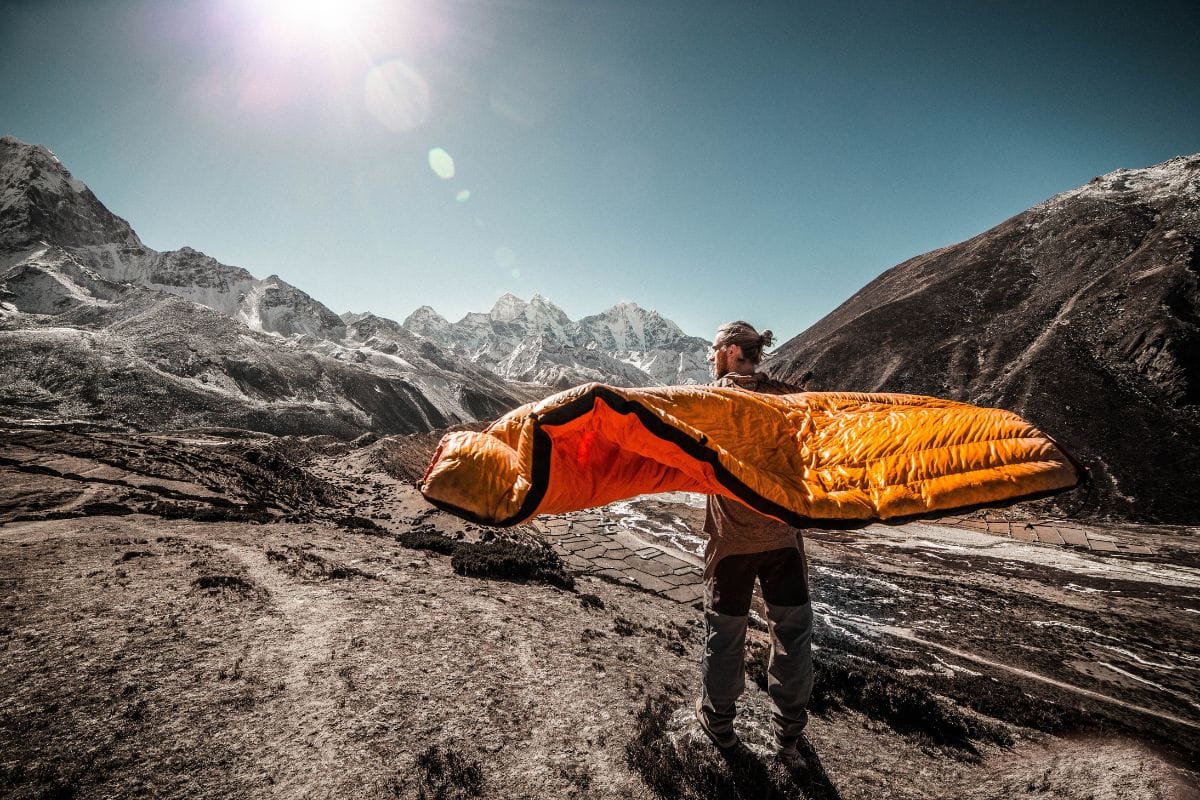
Ultralight Sleeping Bags
First up, let's talk sleeping bags. Gone are the days of lugging around a bulky, heavy bag.
Enter the era of ultralight sleeping bags, like the Enigma Quilt from Enlightened Equipment. It uses 950-fill-power down, offering an incredible warmth-to-weight ratio. What does this mean for you? Cozy nights without the extra pounds.
>>RELATED Camping Quilt vs Sleeping Bag: The Science of Warmth
Advanced Sleeping Pads
Next, sleeping pads. The Therm-a-Rest NeoAir UberLite is a game-changer. Weighing in at just about 8.8 ounces, it's one of the lightest pads on the market. But don't let its weight fool you; it's comfortable and warm, thanks to advanced materials and design.
Revolutionary Backpacks
And let's not forget about backpacks. The Zpacks Arc Blast backpack, crafted from Dyneema Composite Fabric, is a prime example. It's durable, waterproof, and incredibly light. With a pack like this, you're not just carrying your gear; you're carrying it effortlessly.
Titanium Cookware
Titanium cookware is a top choice for backpackers and outdoor enthusiasts seeking a perfect blend of durability and lightweight convenience.
While it may come with a higher price tag, titanium cookware is a worthwhile investment for its longevity, ease of transport, and efficiency in outdoor cooking scenarios.
Each of these products plays a crucial role in reducing your pack's base weight. By opting for gear that's designed with weight savings in mind, you're not just lightening your load; you're enhancing your mobility and endurance on the trail.
The Benefits of Lighter Gear
Now, let's talk about why all this matters. Carrying less weight isn't just a bragging right; it's a game-changer for your backpacking experience.
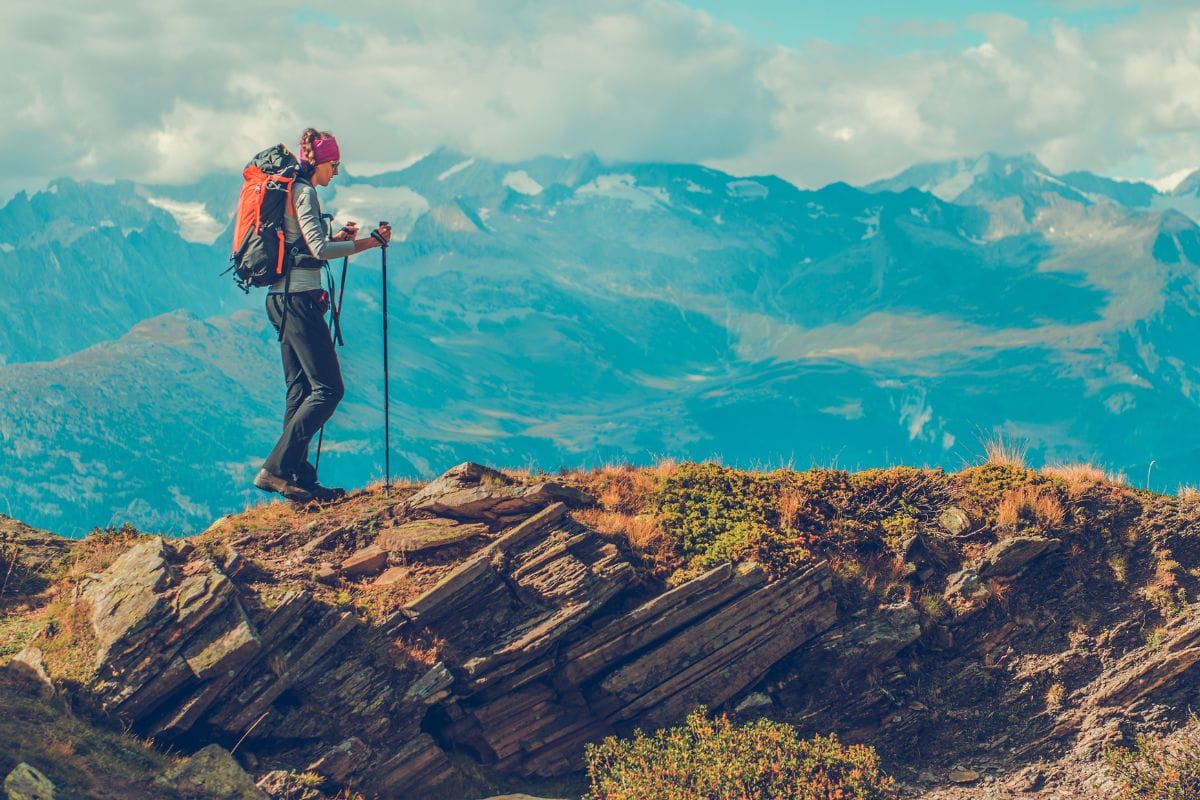
Enhanced Enjoyment and Comfort
Imagine walking a trail, feeling more like you're out for a stroll rather than a grueling trek.
Increased Mobility and Distance
With a lighter pack, you can cover more ground with less effort. This means you can explore further, reach that remote lake, or simply enjoy the journey without the burden of a heavy backpack.
Environmental Benefits of Lightweight Materials
And let's not forget the environmental angle. Lightweight materials often have a smaller ecological footprint.
For example, the production of advanced fabrics like Dyneema requires less energy and resources compared to traditional materials.
By choosing gear made from these materials, you're not just lightening your load; you're also reducing your environmental impact.
Practical Tips for Reducing Pack Weight
Let's turn you into a weight-saving wizard! It's not just about buying the lightest gear; it's about smart packing and making every ounce count.
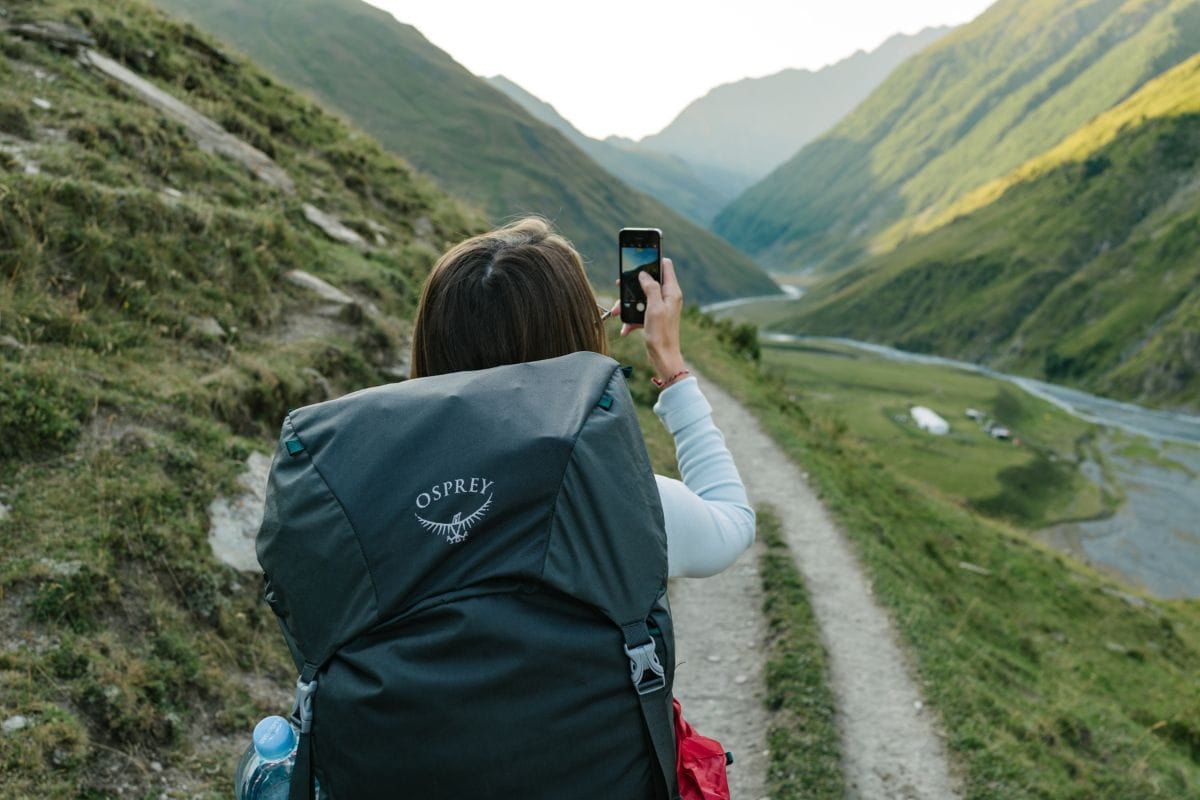
Choose Your Gear Wisely
First things first, gear selection is key.
And remember, every ounce counts. Compare gear weights before purchasing. A few ounces saved on multiple items can add up to pounds.
Efficient Packing: Less is More
Packing efficiently is an art. Start by laying out everything you think you need, then be ruthless in cutting down.
Ask yourself, "Do I really need this?" for each item. Also, pack items that serve multiple purposes. A bandana, for instance, can be a pot holder, towel, neck gaiter, and more.
Go for Lightweight Alternatives
Swap out heavier items for lighter versions. Instead of a traditional stove, consider a lightweight alcohol stove.
Opt for titanium cookware. Replace heavy water bottles with collapsible ones. And instead of a full first aid kit, pack only the essentials tailored to your trip.
>>RELATED An Ultra-Lightweight Snow Peak Stove for Every Backpacker
Remember, it's about finding the right balance between weight and comfort. You don't have to sacrifice safety or essential comfort for the sake of saving a few ounces.
Planning Your Next Backpacking Trip with Lighter Gear
Alright, you're almost set for your next trek with a lighter load. But before you hit the trail, let's make sure you're fully prepared.
It's not just about packing light; it's about packing right.
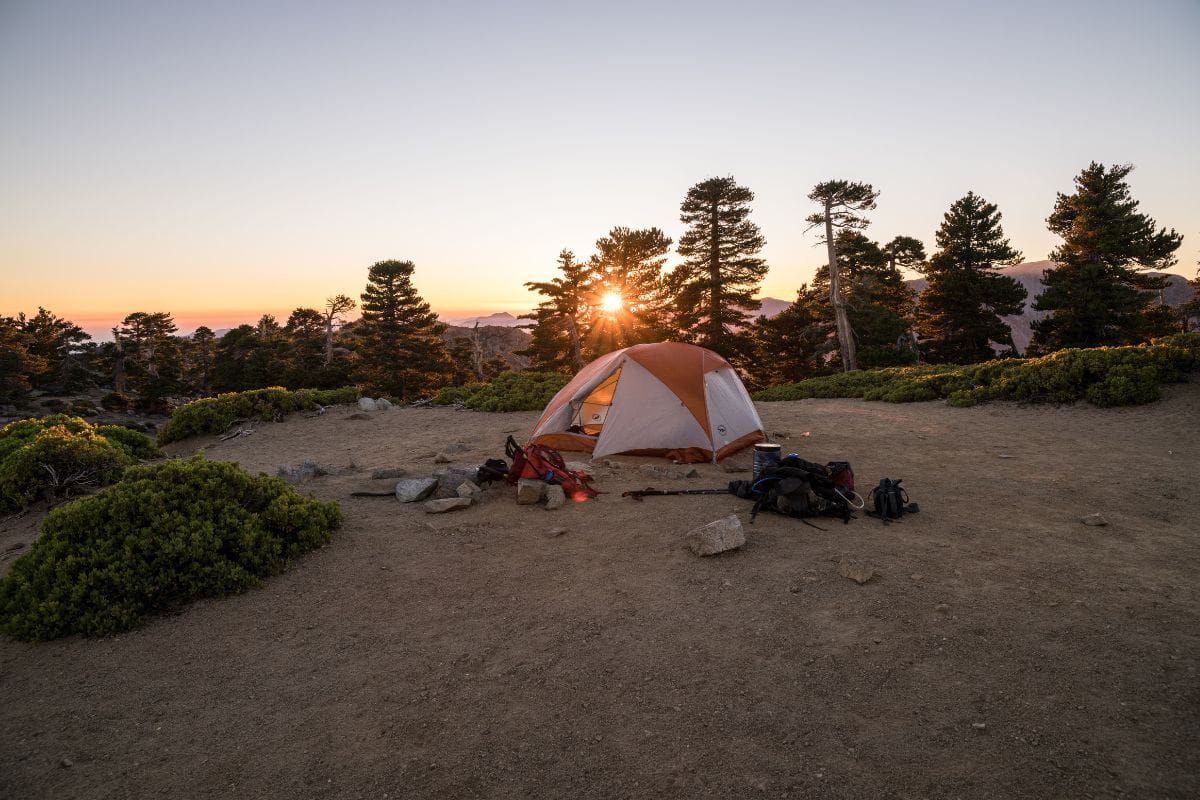
Tailoring Your Pack to the Trip
Every trip is unique, and so should your pack. Consider the duration, weather, and terrain.
For a weekend summer hike, you can go ultra-light. But for a week-long trek in unpredictable weather, you might need a few extra items. It's all about finding that sweet spot.
Weather and Terrain Considerations
Weather can be fickle, and terrain can be challenging. Choose gear that's versatile and suitable for the conditions you'll face.
A lightweight, waterproof jacket is a must for unpredictable weather. And for rough terrain, sturdy but light footwear is essential.
Balancing Warmth, Water, and Accessibility
Staying warm, hydrated, and having quick access to essentials shouldn't compromise your goal of a lighter pack.
Frequently Asked Questions
How heavy should a backpacking setup be?
Your backpacking setup should be light enough for you to carry comfortably. A good goal is to keep it under 20% of your body weight. For most people, that means aiming for a backpack that weighs between 20 and 30 pounds.
Is 35 lbs too heavy for backpacking?
It depends on how much you weigh and your fitness level. It's best to keep your backpack weight lower for comfort. Aim for a weight that's around 20% of your body weight.
What weight should a backpacking sleep system be?
A backpacking sleep system should be light. Aim for a total weight of 3 to 5 pounds. This includes your sleeping bag, pad, and any liners or pillows.
Does backpacking base weight include clothing?
No, backpacking base weight does not include the clothes you're wearing. It only counts the gear in your backpack. This includes things like your tent, sleeping bag, and stove.
Before You Go...
